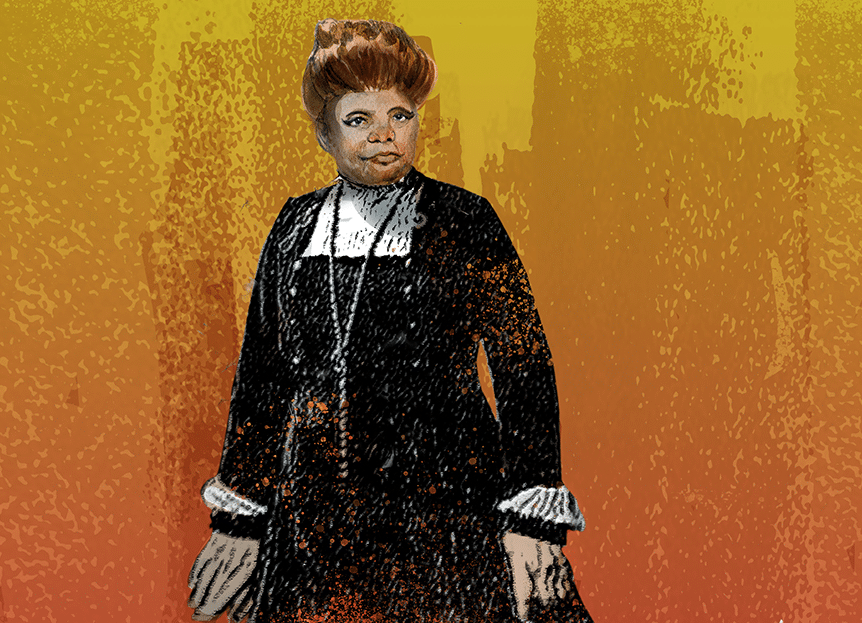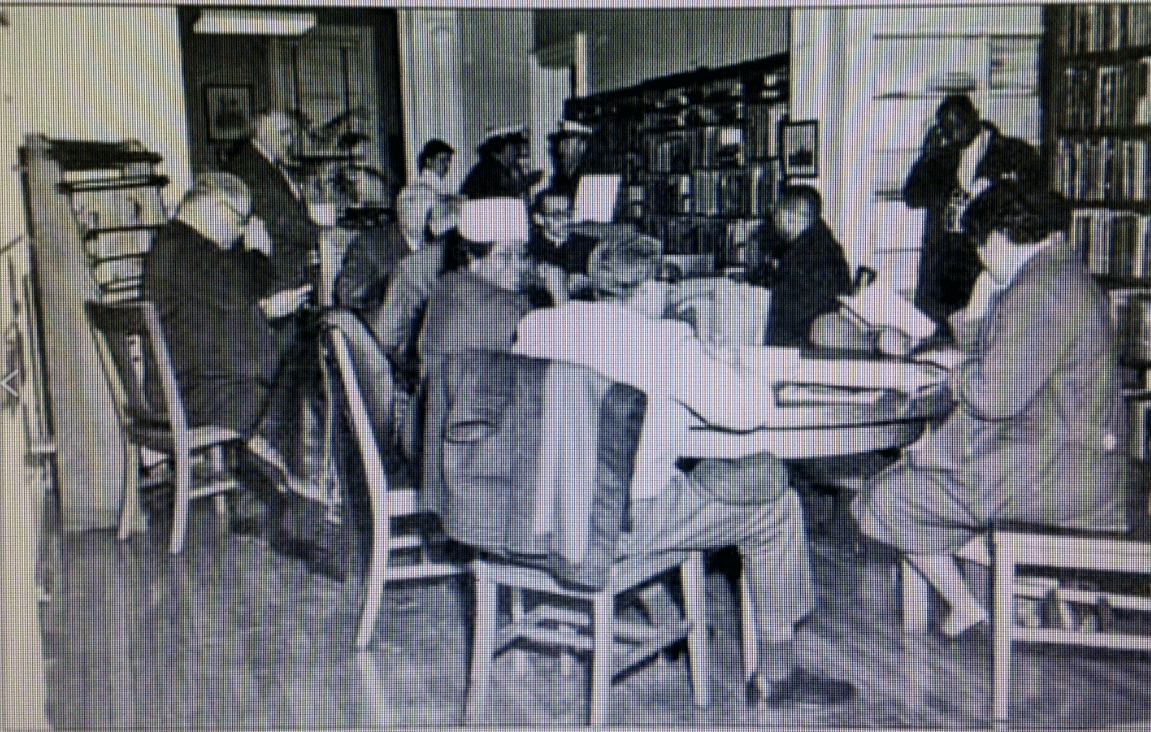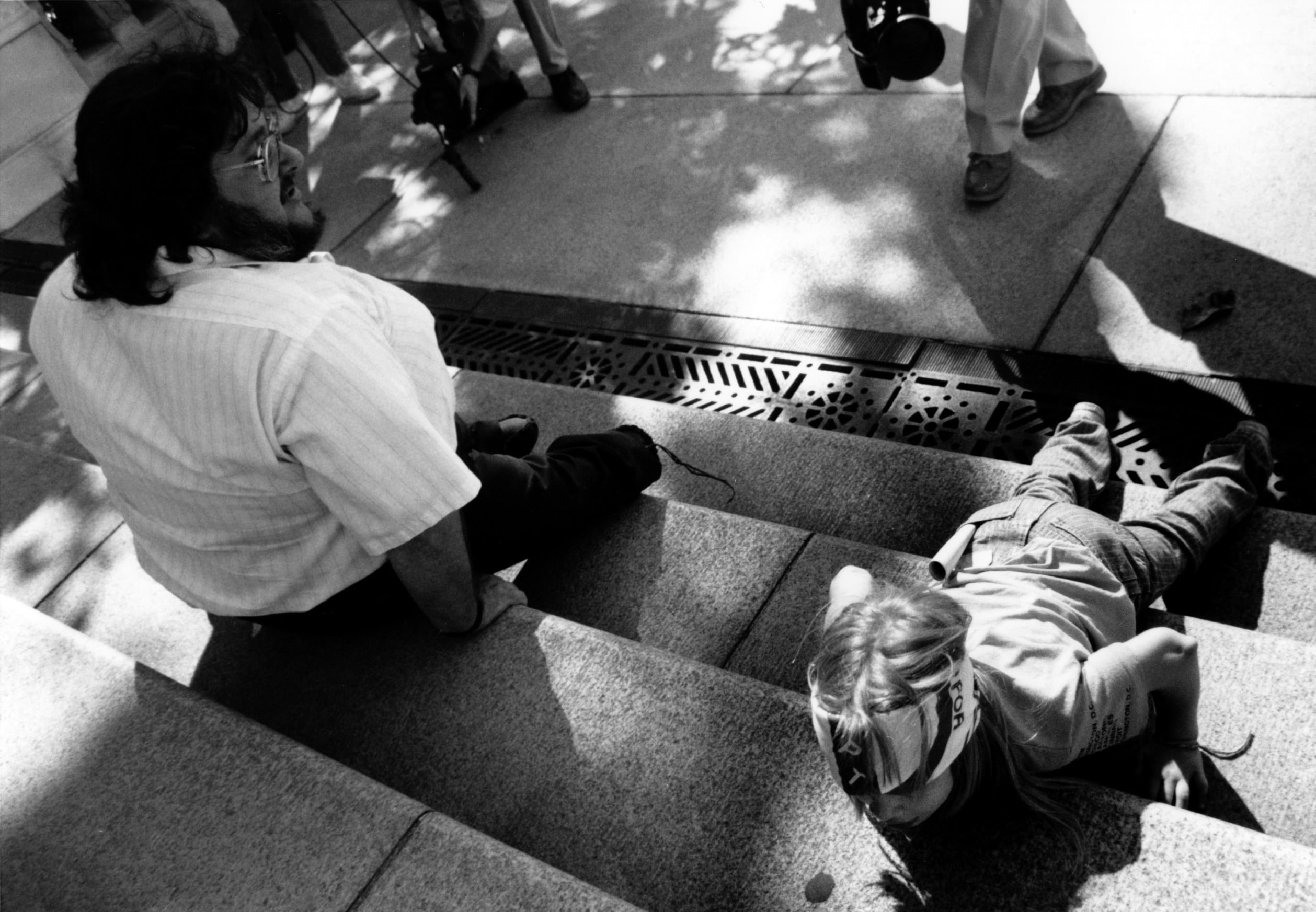Teaching Activity. By Matt Reed. Published by Rethinking Schools. 2023.
This mixer activity helps students uncover the radical legacy of Ida B. Wells.
Continue reading
Book — Non-fiction. By Terry Catasús Jennings and Rosita Stevens-Holsey, illustrated by Ashanti Fortson. 2022. 288 pages.
A biography of Pauli Murray, a queer civil rights and women’s rights activist who fought in the trenches for many of the rights we now take for granted.
Continue reading
Book — Non-fiction. By Howard Zinn, adapted by Rebecca Stefoff with additions by Ed Morales. Translated by Hugo García Manríquez. 2023. 608 pages.
A Spanish translation of the young adult version of the best-selling A People’s History of the United States.
Continue reading
One Sunday in September of 1950, dozens of African American children marching down the main street of Old Fort carrying signs saying, “We Want Our School Back” and “What Happened to Our School.”
Continue reading
In an attempt to gain pay equity for Black teachers in Maryland, William B. Gibbs Jr. became the lead plaintiff in the NAACP’s case for pay equity in Montgomery County, a case known as Gibbs v. Broome.
Continue reading
The United States celebrated its first national Martin Luther King Jr. holiday, three years after the holiday was signed into law and eighteen years after the fight for a King holiday began.
Continue reading
In attempt to end segregation at the William R. McKenney Central Library in Petersburg, Virginia, a group of African American students held a sit-in.
Continue reading
While the state of Rhode Island legally abolished slavery in 1652, it wasn’t until 1784 — after mounting public pressure to do away with the enslavement of other human beings once and for all — that the state passed the Gradual Emancipation Act.
Continue reading
Picture book. Written by Traci Huahn and illustrated by Michelle Jing Chan. 2024. 40 pages.
This picture book tells the true story of a fight for access to public education by an 8-year-old Chinese-American girl, Mamie Tape, and her parents.
Continue reading
Film. Directed by Patrick Sammon and Bennett Singer. 2020. 82 minutes (or 37 minute classroom version).
This documentary focuses on the successful campaign to remove the diagnosis of homosexuality from the APA manual of mental illnesses, an important yet mainly overlooked part of the struggle for LGBTQ rights.
Continue reading
Film. Directed by Jennifer Baichwal. 2022. 96 minutes.
Focusing on one man’s lawsuit against Monsanto, this documentary exposes how Roundup weed killers are toxic not just for weeds — but also people.
Continue reading
During his 33 years, Abraham Galloway accomplished more than most. An abolitionist, a freedom fighter, a spy, a politician, Galloway rose to prominence during the Civil War and Reconstruction, leaving a legacy of Black leadership and resistance to white supremacy and white violence.
Continue reading
In protest of Jim Crow discrimination on public transportation, Frederick Douglass and his friend, white politician James N. Buffum, boarded a Eastern Railroad Company train, in a first class car and were promptly ejected from the train.
Continue reading
Pauli Murray and Adelene McBean were arrested on a Greyhound bus near Petersburg, Virginia for refusing to move to the back of the bus and were subsequently arrested and jailed.
Continue reading
Dozens of disabled Americans abandoned their mobility aids and climbed and crawled up the U.S. Capitol steps to raise awareness of threats to the proposed ADA. It worked.
Continue reading
The “Marching Mothers” of Hillsboro sued the school district and began daily marches to desegregate elementary schools in this town in Ohio.
Continue reading
Article. By Wesley Hogan. 2024.
A collection of primary sources to illustrate the history of abortion care in the United States.
Continue reading

















